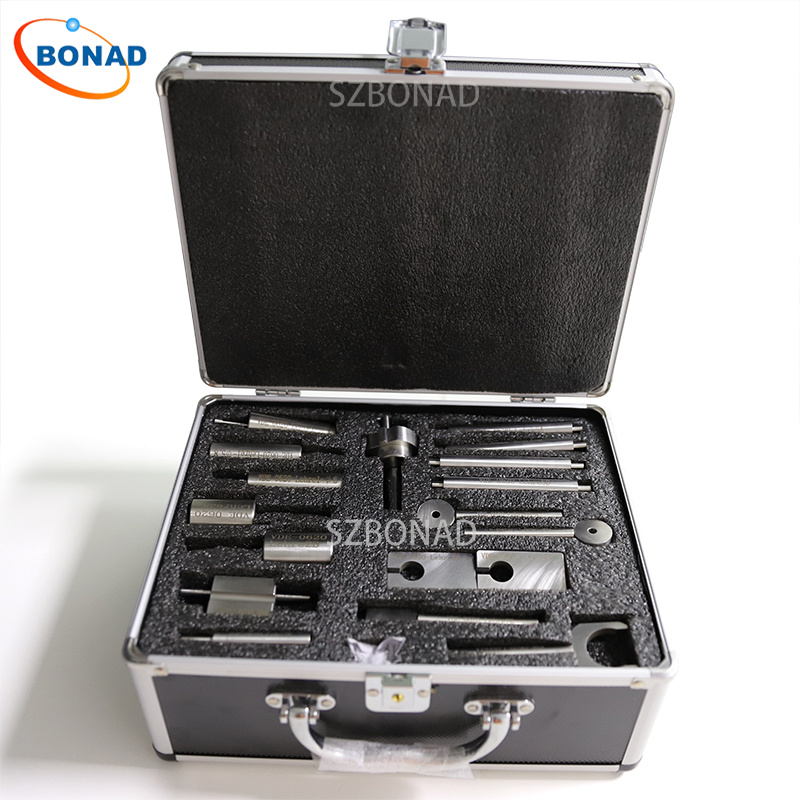Introduction:
When it comes to safeguarding electronic devices from environmental hazards, two prominent standards are often referenced: ISO 20653 and IEC 60529. These standards outline the requirements for protecting electronic equipment enclosures from dust, water, and foreign objects. This article aims to offer a thorough comparison between ISO 20653 and IEC 60529, highlighting their similarities, differences, and specific applications across various industries.
ISO 20653:
ISO 20653, officially named “Road Vehicles – Degrees of Protection (IP-Code) – Protection of Electrical Equipment against Foreign Objects, Water, and Access,” is an international standard developed by the International Organization for Standardization (ISO). Primarily targeting the automotive sector, ISO 20653 sets forth guidelines and testing procedures to evaluate the protection level provided by enclosures for electrical components exposed to diverse external conditions.
The IP-Code system defined by ISO 20653 comprises two digits: the first digit represents protection against solid foreign objects, while the second digit indicates protection against water ingress. Additionally, optional letters can be included to denote specific conditions like resistance to corrosion, extreme temperatures, or mechanical impacts.
IEC 60529:
IEC 60529, issued by the International Electrotechnical Commission (IEC), is an international standard that specifies the degrees of protection offered by enclosures for electrical equipment against solid objects and water ingress. Unlike ISO 20653, IEC 60529 covers a broader spectrum of industries including automotive, industrial, medical, and consumer electronics.
Similar to ISO 20653, IEC 60529 uses an IP-Code consisting of two digits to indicate protection levels against solid objects and water. However, IEC 60529 also includes additional special codes that specify protections against access by tools, wires, or hazardous parts.
Key Differences between ISO 20653 and IEC 60529: While both standards utilize the IP-Code system for classification, they differ in scope and specific requirements.
- Scope: ISO 20653 is tailored primarily for the automotive industry to ensure that electrical equipment in road vehicles is protected from external elements. In contrast, IEC 60529 has a wider application range covering multiple sectors where electrical equipment is used.
- Additional Protection Levels: IEC 60529 introduces extra special codes for protections such as access prevention to hazardous parts or ingress by wires and tools. This detailed categorization enables more precise specification of required protection levels.
- Test Methods: Although both standards provide test methods for evaluating enclosure protection levels, there are differences in test conditions and procedures due to varying industry-specific requirements and environmental conditions.
Conclusion:
In summary, both ISO 20653 and IEC 60529 are essential for ensuring the protection of electrical equipment from external factors. While ISO 20653 is focused on automotive applications, IEC 60529 offers broader applicability across different industries. Understanding these differences helps manufacturers select the appropriate standard that aligns with their industry needs. As technology advances and reliance on electronic systems grows across various sectors, adherence to these standards becomes vital for protecting equipment and ensuring reliable operation in diverse environments.


